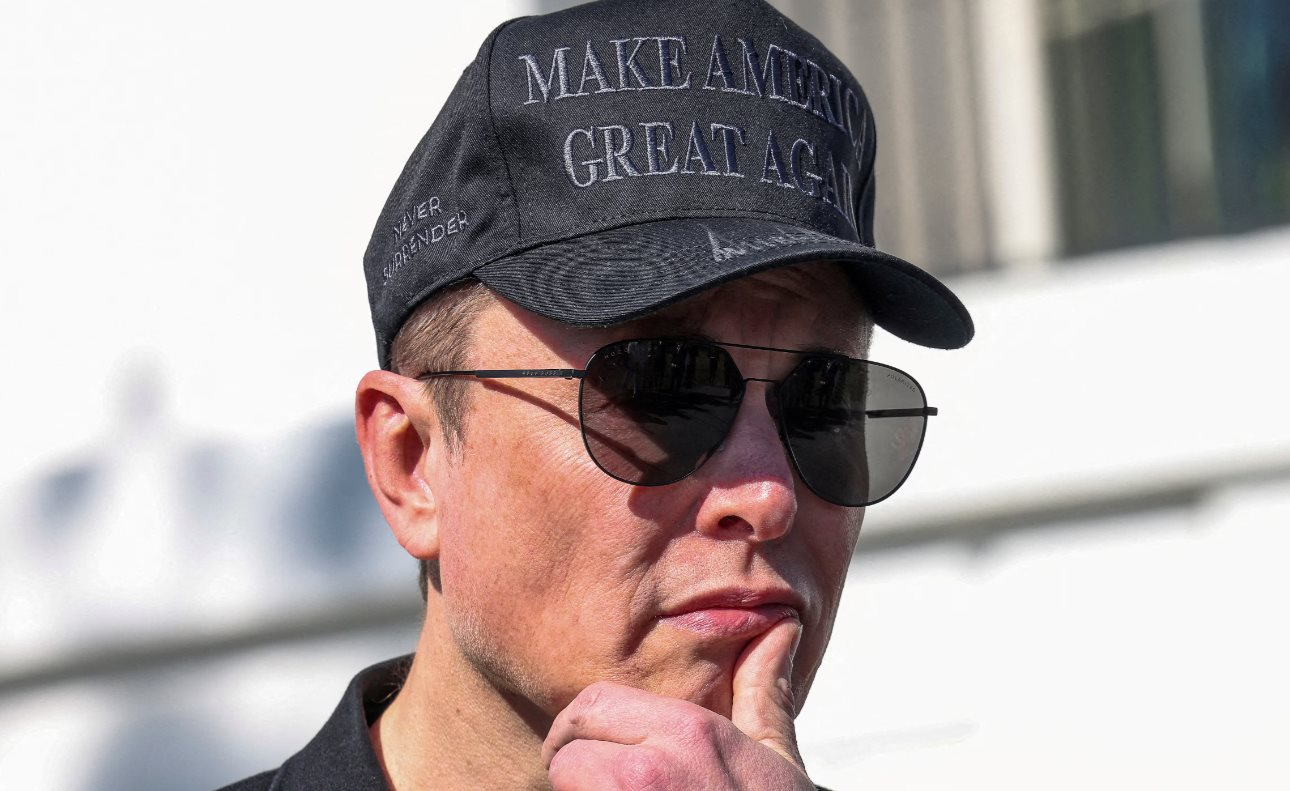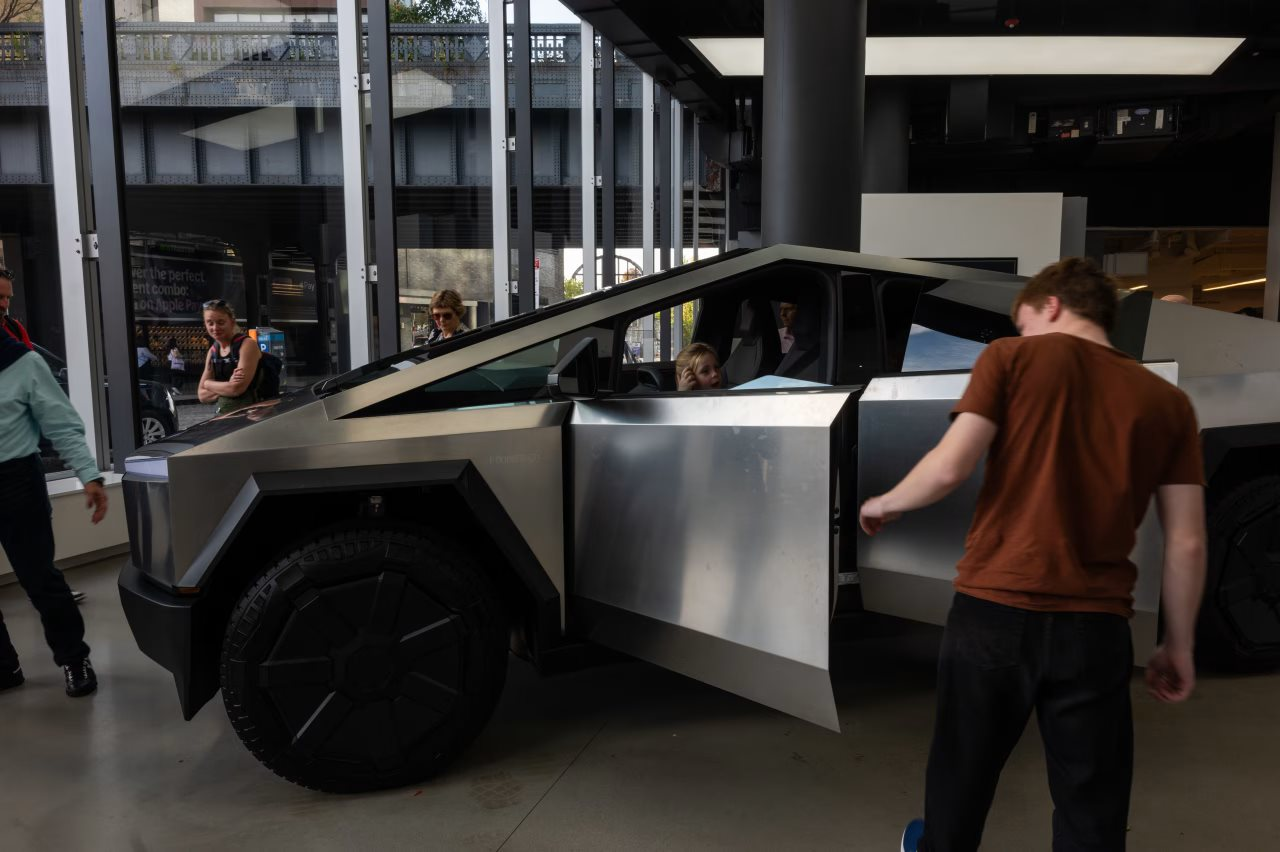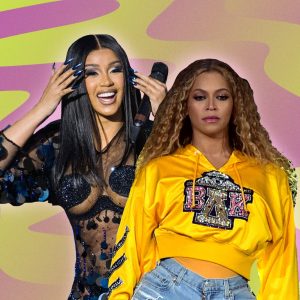Tensions within Tesla are growing.

About a month ago, as Tesla’s stock plunged and some investors grew frustrated with Elon Musk’s focus on White House politics, Tesla’s board began seriously considering a successor to Musk.
Board members have contacted several executive recruiting firms to set up a formal process to find Tesla’s next chief executive, according to people familiar with the matter.
Tensions within the company are mounting. Tesla’s sales and profits are falling rapidly, while Musk spends much of his time in Washington.
At that time, Tesla’s board met with Musk to update him on the situation. They said he needed to spend more time on Tesla—and he needed to say so publicly. Musk didn’t object.
Tesla has been struggling since Musk spent much of his time helping President Trump cut federal spending. Last week, after Tesla reported a 71% drop in first-quarter profits, Musk told investors he would soon return to focusing on Tesla.
“Starting next month,” he said on an earnings call, “I will be spending a lot more time on Tesla.”
The board has now narrowed its choices to a major recruiting firm, the WSJ reported. The specific status of the succession process is unclear. It’s also unclear whether Musk, who is also a Tesla board member, is aware of the plan, and whether his commitment to return to Tesla will affect the search for a replacement. Musk did not respond to a request for comment.
During a cabinet meeting on Wednesday, President Trump thanked Musk for his work for the government. “You know you’re always welcome here,” Trump said. “I guess you’re going to want to get back to your cars.”
Any change at the top would mark a major shift for Tesla. Musk has run the electric carmaker for nearly 20 years, although he stepped down as chairman in 2018. Musk has been deeply involved in all the companies he has founded, even when other directors have run day-to-day operations.
Tesla’s eight-person board is considering adding an independent director, according to people familiar with the matter. Several directors, including Tesla co-founder JB Straubel, have met with major investors to reassure them that the company is in good hands.
DOOMSDAY
Musk’s foray into government comes at a difficult time for Tesla. The company’s electric vehicle sales fell in 2024—the first decline in more than a decade. Tesla was forced to slash prices, eroding profits. Its popular Cybertruck, once criticized for its “unconventional” design, became the subject of mockery on late-night comedy shows.
Musk’s close relationship with Trump has hurt Tesla’s brand in the eyes of some consumers. The situation has been made worse by the tariffs the president has imposed, which have complicated Tesla’s operations in China, one of its biggest markets, and have affected its US supply chain, which relies heavily on suppliers in Mexico and Canada.

Tesla shares surged after Mr Trump’s victory last year, reflecting expectations that Musk’s close relationship with the president would benefit his businesses. Tesla’s market value hit a record $1.5 trillion in December. But it has since fallen to around $900 billion.
Early last year, after nearly two decades running Tesla, Musk confided in a late-night text message to a confidant that he was frustrated with having to work so hard for the company, especially after a Delaware judge invalidated his multibillion-dollar compensation package.
Last spring, he told the person that he no longer wanted to be Tesla’s CEO, but remained concerned that no one could replace him to maintain the vision that Tesla was not just a car company, but the future of robotics and automation.
Musk has complained publicly and privately that despite owning about 13% of Tesla’s stock, he has worked without pay for the past seven years. Tesla’s board recently formed a special compensation committee to review CEO compensation.
Musk is carrying a huge workload. Tesla is just one of five companies he runs. At Tesla alone, according to an internal document, more than 20 senior executives report directly to him. Since the election, he has spent most of his time in Washington, with weekends at Trump’s Mar-a-Lago resort in Florida. When he meets with Tesla employees and the board, he often participates remotely.
Several Tesla employees said the first time they heard Musk speak in months was during a March all-hands meeting, which was streamed online, where he tried to calm employees and convince them not to sell their shares.
“If you read the news, it’s like the end of the world,” he told them. “I can’t walk past a TV without seeing a Tesla on fire,” he said, referring to vandalism at Tesla showrooms and charging stations. “It’s going to be bumpy at times, a little stormy, but I’m here to tell you that the future is bright and exciting. What I’m saying is—hold on to your stocks.”
WHAT IS THE FUTURE LIKE?
Tesla executives say the company is in a period of transformation. Its two flagship vehicles, the Model 3 and Model Y, drove the first wave of growth. Now the company is pivoting to artificial intelligence (AI) and robotics, with new products like the Cybercab, a yellow two-seater sedan without a steering wheel or pedals. Then there’s Optimus, the humanoid robot that’s central to Musk’s vision for Tesla’s future. Musk has predicted that robotics could turn Tesla into a $30 trillion company, many times its current value.
Meanwhile, however, the core electric vehicle (EV) business is slowing down, and the latest Cybertruck doesn’t offer much improvement. Musk introduced the Cybertruck, launched in 2019, as a futuristic, bulletproof pickup truck designed to compete with traditional vehicles like the Ford F-150. But the first vehicles delivered to customers in late 2023 will cost around $100,000—2.5 times the price Musk initially announced.
The Cybertruck has been recalled eight times, including for safety issues like the accelerator pedal and windshield wipers. In its first full year of sales, Tesla sold only about 39,000 Cybertrucks in the US, according to Cox Automotive estimates — a fraction of Musk’s goal of 250,000 a year.
While many investors still hold out hope that Tesla will launch a new low-cost model to revive sales in 2025, the company has focused on refreshing its existing lineup and cutting prices by replacing expensive parts — such as seat upholstery.
In March, Tesla introduced an upgraded version of its best-selling Model Y. In April, the company launched a cheaper version of the Cybertruck, priced at $69,990.
Musk and his team are stepping up efforts to convince investors that Tesla’s long-planned autonomous vehicles are finally coming to fruition. Tesla plans to open its ride-hailing app to the public by the end of June, allowing customers in Austin, Texas, to experience driverless robotaxi rides in its Model Y. The move would put Tesla in direct competition with existing robotaxi services like Alphabet’s Waymo and Amazon’s Zoox.
In February, Tesla CFO Vaibhav Taneja warned some investors that the company would have a “tough quarter.”





